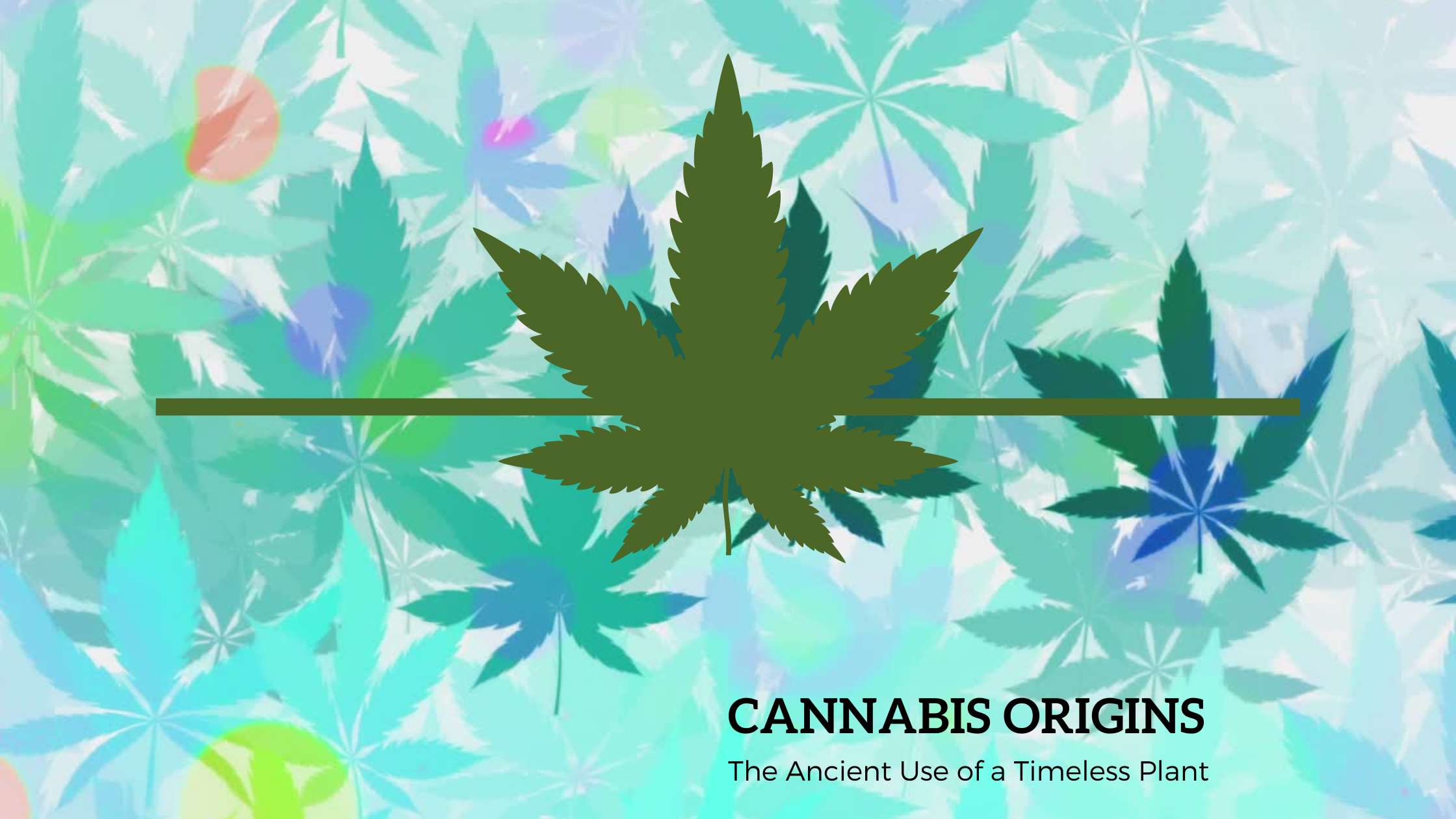Cannabis has been the subject of much debate in recent years, as both medical and recreational use continues to become more widely accepted worldwide. However, the history of this potent plant dates back thousands of years, to the B.C. time period. In this blog, we will explore the origins of cannabis use in ancient times, its business incorporation, and its earliest medicinal applications. Join us as we journey through the myriad ways our predecessors took advantage of this extraordinary plant.
Cannabis in the B.C. Time Period
Cannabis has a rich history dating back thousands of years. Archaeological evidence suggests that the plant was first cultivated around 4000 – 3000 B.C. in ancient China and Central Asia. These regions were home to some of the earliest known civilizations, who quickly discovered the versatile uses of cannabis.
During this time, it is believed that cannabis was primarily used for its strong fibers, which could be woven into textiles for clothing, rope, and even paper. In addition, cannabis seeds offered a rich source of food and oil, which ancient societies utilized for both consumption and the manufacturing of various household items.
Cannabis as a Business Prospect
Cannabis use as a business commodity dates back to ancient civilizations in China, Middle East, and Egypt, where the plant played a significant role in trade and commerce. As a multipurpose resource, cannabis found a solid footing in various industries.
Producers of hemp fibers, clothing, and rope met the demand for everyday essentials by offering a reliable and sustainable product. In fact, the first recorded hemp paper was produced around 200-150 B.C. in China. This innovative material spread throughout Asia, ultimately reaching Europe, where it was actively produced for centuries.
Given their reach, these early cannabis-based enterprises established strong trade connections that contributed to economic growth, cultural exchange, and further innovation.
Cannabis as a Remedy for Ailments
The medical application of cannabis dates back to some of the oldest medical texts. Chinese emperor Shen Nung, credited as the founder of Chinese agriculture and medicine, referred to cannabis’s medicinal properties in his work “Pen Ts’ao Ching” (approximately 2700 B.C.).
According to the ancient text, cannabis was recommended for a wide range of ailments, including rheumatism, gout, and constipation. Additionally, it was prescribed as a sedative and an analgesic to help with pain management.
In India, cannabis was also a vital component of traditional Ayurvedic medicine. Practitioners often used it to treat a variety of conditions, including respiratory issues, headaches, and anxiety. Similarly, ancient Egyptians valued cannabis for its medicinal properties, incorporating it into their remedies for inflammation, eye sores, and even hemorrhoids.
Cannabis Today: A Growing Legacy
As history has shown, cannabis’s uses and influence stretch across centuries and cultures. From its textile beginnings to its incorporation into trade and medicine, this versatile plant has shaped both global economics and our understanding of natural remedies.
In the modern age, cannabis users benefit from a wealth of scientific research and clinical trials, reinforcing the therapeutic potential of this ancient plant. Today, we see an increasing echo of the past, as the global acceptance and incorporation of cannabis into medicine, industry, and recreation continue to rise.
In conclusion, cannabis’s BC story demonstrates the inherent value and diverse applications of this natural resource. As we continue to uncover and embrace its potential, we actively contribute to a tradition spanning millennia.


